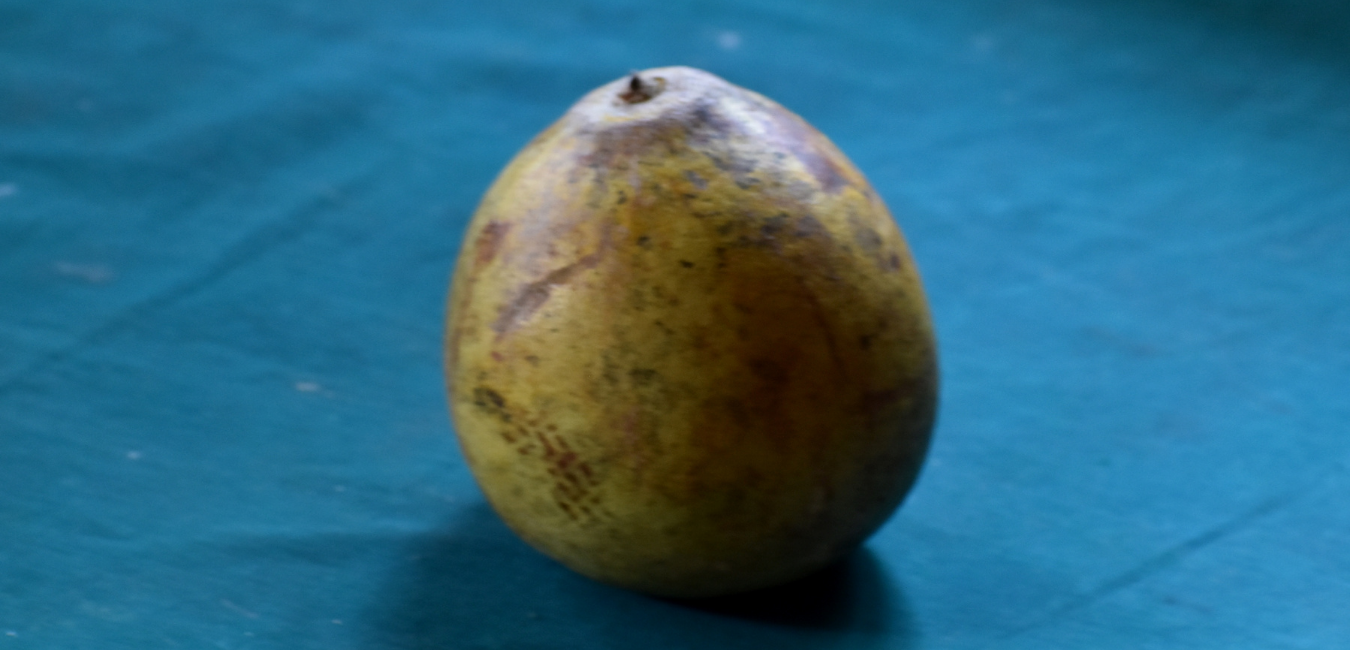Currently Empty: $0

FOOD TECHNOLOGY (29-09-2021)
Q1. Foods that give an astringent flavor?
- Gooseberry
- Wood apple
- Unripe blueberry
- All of the above
ANSWER: 4. All of the above
-
Explanation: Astringency is a dry puckery sensation that is thought to be caused by the precipitation of proteins in saliva and the mucous membrane lining of the mouth, robbing them of their lubricating properties. Astringents can also constrict the ducts that connect the salivary glands to the mouth. Astringent fruits include cashew fruit, wood apple, blueberry, and gooseberry.
READ MORE – FOOD TECHNOLOGY (29/08/2021)
Q2. ________ relates to the degree of acceptance of a product parameter or parameters on a given scale.
- Hedonic rating
- Rank preference test
- Paired preference test
- All of the above
ANSWER: 1. Hedonic rating
-
Explanation – On a particular scale, hedonic rating refers to the degree of acceptability of a product parameter or parameters. The hedonic rating test is used to assess the acceptance of food products by consumers. In a single session, the panelists are fed samples ranging from one to four. He’ll be asked to score the product’s acceptability on a scale of one to nine points, ranging from “like extremely” to “dislike excessively.”
READ MORE – FOOD TECHNOLOGY (28-09-2021)
Q3. In _________ test, more than one test variable can be evaluated in each session.
- Paired comparison
- Preference test
- Multiple sample difference test
- Duo-trio test
ANSWER – 3. Multiple sample difference test
-
Explanation: More than one test variable can be examined in each session of the Multiple Sample Difference Test. Depending on the number of test variables, each panelist receives 3-6 samples. One is a well-known standard. Each coded sample is compared to the known standard by the panelist. The standard is duplicated in one coded sample. The blind standard’s score is subtracted from the test variables’ scores.
READ MORE – FOOD TECHNOLOGY (19-09-2021)
Q4. __________ are potent photosensitizing agents in celery, parsley, parsnips, limes, and figs.
- Linear furanocoumarins
- Isoflavonoids
- Stilbenes
- Terpenes
ANSWER: 1. Linear furanocoumarins
-
Explanation: Celery, parsley, parsnips, limes, and figs contain linear furanocoumarins, which are significant photosensitizing agents. Contact dermatitis and photodermatitis are the most commonly reported symptoms, especially on the hands and forearms. There are many linear furanocoumarins in these plant materials, all of which appear to be heat stable, and a couple of which have even been shown to be moderately mutagenic.
READ MORE – FOOD TECHNOLOGY (29/07/2021)
Q5. ________ are contaminants, which may occur from processing operations involving heating or smoking of food products, particularly meat.
- Nitrosamines
- Chloropropanols
- Polycyclic Aromatic Hydrocarbons
- Furan
ANSWER – 3. Polycyclic Aromatic Hydrocarbons
-
Explanation – Polycyclic Aromatic Hydrocarbons (PAHs) are pollutants that can result from food processing processes such as heating or smoking, notably in the case of meat. PAHs are also found in the environment as incomplete combustion by-products. PAHs are thought to cause cancer in humans. Studies on food residues frequently focus on measuring levels of benzo[a]pyrene (BaP), the most common carcinogenic PAH; other PAHs found in foods include chrysene, benz[a]anthracene, and benzo[b]fluoranthene.
READ MORE – FOOD TECHNOLOGY (28-09-2021)

 0
0

